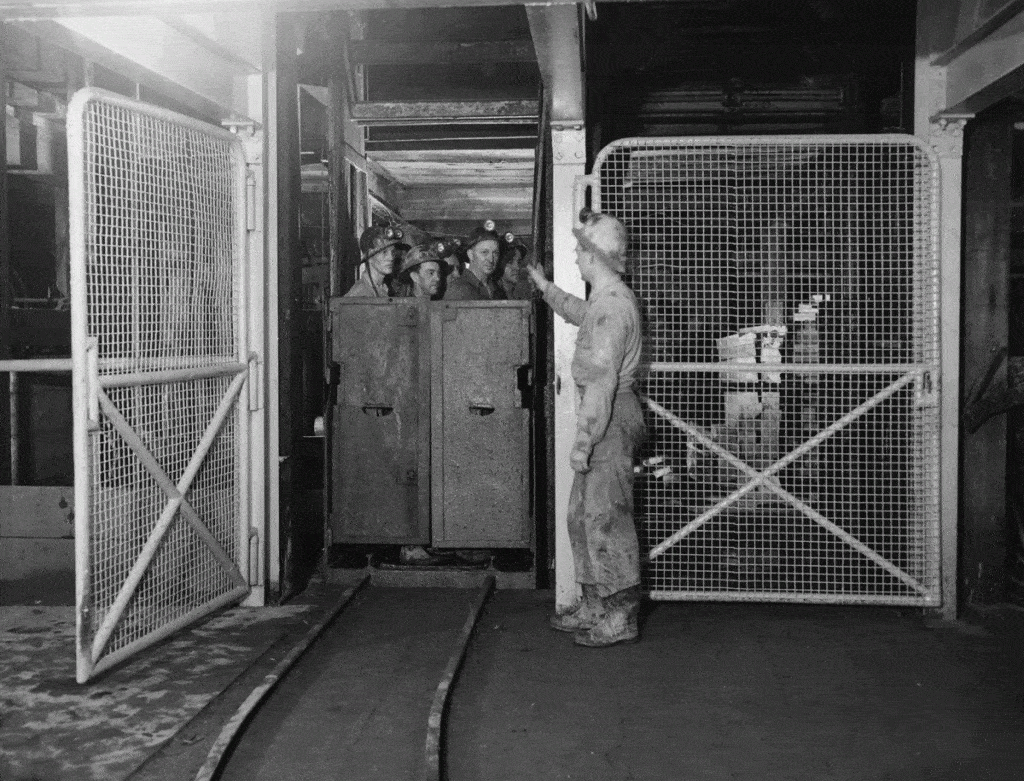The following is first-person oral history from Jim Hewitson as told to David Nicholas. It is the third article in an occasional series on Jim Hewitson’s life and is a continuation from last week.
Last week, we covered the foundational aspects of the University of Utah’s 1969 Underground Surveying course with Professor John Cone – a course that met over the course of six Saturdays starting the first of February at the Mayflower Mine on the backside of Deer Valley.
Understanding a student’s weekend mindset, Professor Cone remarked that like us, he too would prefer to sleep in on a Saturday. He explained that the Mayflower operated three shifts five days per week. Saturday was a half-day dedicated to maintenance, repairs, safety checks, and preparation for the next week’s extraction. Lingering after class, a small group of us admitted that we were psyched to work with Professor Cone and take our survey class in an operating mine. For me in particular, besides learning to survey in a real setting, I looked forward to learning about the Mayflower’s hot underground temperature.
Saturday February 1 dawned clear and cold. I made the drive to the Mayflower in the comfort of my 1964 Corvair, appreciating the heater’s performance. Our class assembled at 7:30 a.m. and we were directed to the change room (also called a “dry”). The Mayflower staff was super helpful. This kindness was appreciated by all considering (confessed or not) that we were slightly nervous contemplating our first day of lab work and its unique setting. We helped each other get dressed and test our equipment. Before walking to the mine train that would deliver us (in twenty minutes) to the main shaft, Professor Cone shared that he too was looking forward to this experience and reminded us that we were entering a producing mine.
The Mayflower hoist featured two cages each capable of holding nine people. Although cozy, all of us fit into the first cage. When we were settled and the doors secured, the cager signaled the hoistman to begin our five-minute descent to the 1,630-foot level. The sound of machinery and cables commenced and our conveyance began its downward journey. As an FYI, there was no conversation between our cager and the hoistman – to ensure full attention to the hoisting process, state law forbade conversations between a hoistman and his charges.

Credit: Park City Historical Society & Museum, Beryl Ott and Tura Holm Springer Collection
At the time of our class, the primary working level was at 2,000 feet. The main shaft extended to a depth of 3,000 feet – the single deepest shaft in Park City. At the 1,200-foot level the air became noticeably warmer before we docked smoothly at the 1,630-foot level, a former main production level. An escort awaited and walked us to our classroom.
The topside temperature when we entered the portal had been 16˚F. At the 1,630-foot level the ambient temperature was 80˚F with a relative humidity of 80 percent – purely tropical. Four hundred feet below us the temperature exceeded 120˚F, and at 3,000 feet reached 140˚F. Our “classroom” had no AC. Clothed in our diggers, in no time we were sweating. One concession: our working environment was damp but not afflicted with underground rain.
The first day of lab work passed quickly. Professor Cone’s teaching skills indeed proved inspiring. At 11 a.m. he advised us to begin wrapping up for the day. As if on cue, our friendly escort arrived. We assembled at the loading station and began our ascent from the tropics to the icy grip of a Park City winter.
Over the next two months we returned to the Mayflower five more times. For all of us the course, its setting, and our instructor represented a memorable educational experience (yes, we all passed). I anticipated to one day experience again the “warmth” of the Mayflower mine, but this was not to be. The mine closed in 1972, a victim of depressed commodity markets. Over the ensuing years I would learn such was the instability of my chosen profession.
This series will continue with Jim’s experiences working as a night watchman for United Park City Mines at their Keetley complex.